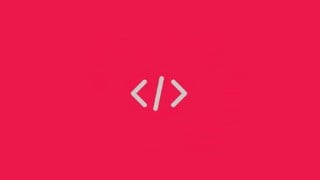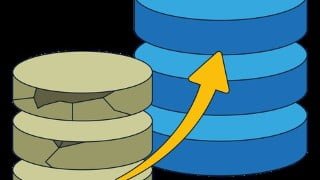Postgresql PL/PGSQL Triggers
|
Learn about PL/PGSQL triggers in this comprehensive course. Understand their types, usage, and impact on database queries. Apply triggers on real PostgreSQL servers and tables with examples. Double-check your implementations with PostgreSQL manual sources. Ideal for database developers and programmers looking to optimize database performance.
What you’ll learn
- Undersyanding the concept of Pl/PGSQL
- Defining Types of Postgresql PL/PGSQL
- Understanding Triggers and their role in a program
- Defining types of Triggers with Examples of the types
This course about Procedural Language of Postgresql servers, in this course we talk about the first type of the PL.PGSQL that is the Triggers in depth…what are the triggers , why we use them, their types and when we use these types.
We will explain all this with examples on a real Postgresql server and a database with tables were we all apply all types of triggers on different tables to see how these triggers will effect changes in out tables.
Then we will see what are the special points we need pay attention to when using the triggers, such points that can have big impact on the result that our queries we apply on the database.
During the course will provide you with sources from the manual of Postgresql to double heck about your implementations of the triggers on your Postgresql database tables.
In this course we will talk about a special type if PL/PGSQL Functions that is called the Triggers Functions and their use with the Triggers…
We also will see the effect of both the Triggers Functions types…and how each type can be joind with each type of the triggers (i.e, the per-statement & per-row triggers).
Who this course is for:
- Database developers .
- Programmers wish to optimize their database performance
User Reviews
Be the first to review “Postgresql PL/PGSQL Triggers” Cancel reply
You must be logged in to post a review.







There are no reviews yet.